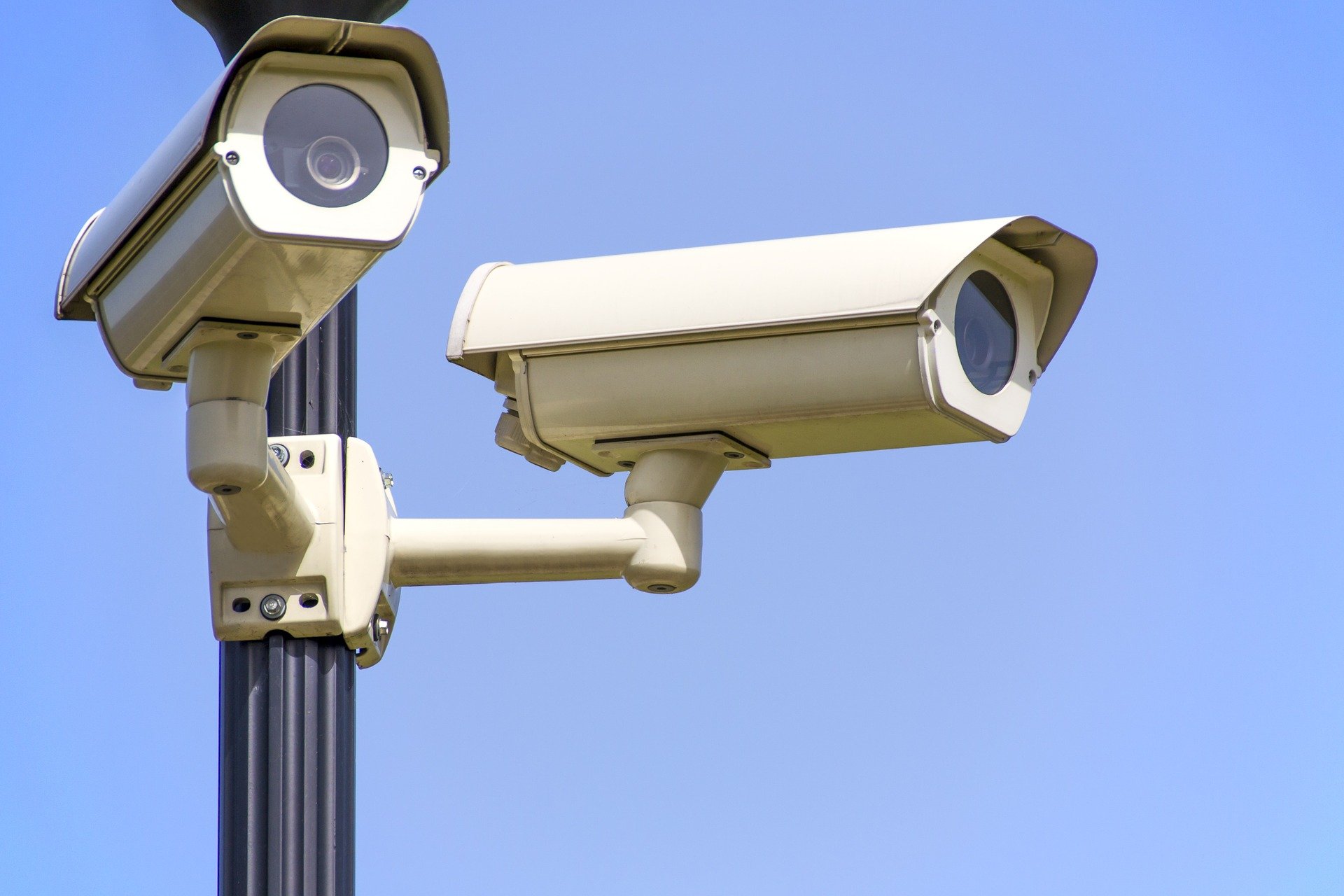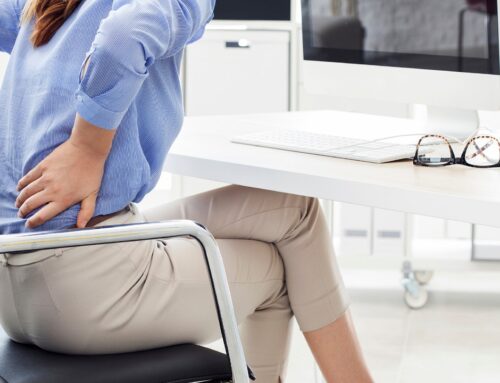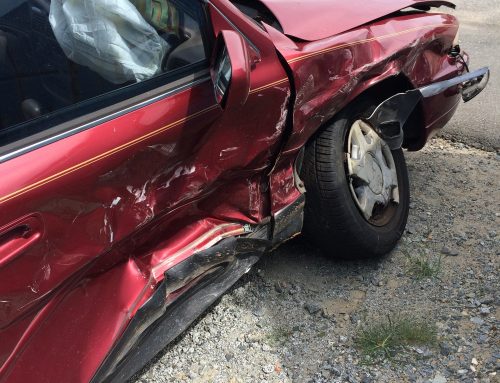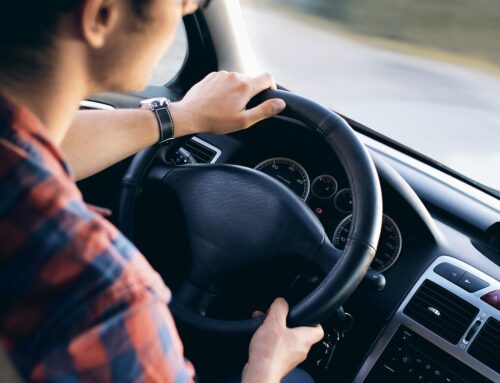Car accidents are among the most common causes of injuries in Florida, and chances are good that if you haven’t been in a car accident, you know someone who has. Statistically, most accidents are relatively minor, but they do happen quickly. Because of how quickly an accident can happen, even the parties involved may not be exactly sure what took place. Add this to the shock and adrenalin after an accident, and it can be difficult to determine the exact details regarding liability and fault.
Video footage is one way to get to the bottom of what is going on.
Even though Florida’s laws designate accidents as “no fault”, there are circumstances when determining fault is necessary. For instance, ones own personal insurance often will not pay enough to handle long-term medical bills. In these cases, after receiving the maximum amount from their own insurance company, drivers may sue the other driver involved in the accident for further damages. But first it must be determined what happened, who was at fault, and if negligence was involved.
Onsite and soon thereafter, police investigators and insurance adjusters attempt to piece together the chain of events; they will utilize the police report, witness and driver statements, analysis of the accident site, and vehicle damage status. With the proliferation of traffic light cams and surveillance cameras on nearly every corner, available video footage may help to determine fault and negligence.
There are cameras all around us – whether in parking lots, patrolling intersections, and watching over buildings. There are a variety of video surveillance cameras, including commercial cameras, governmental or public cameras, and personal cameras. If you are looking for evidence of your accident, first determine the exact time and date that the accident occurred. Then return to the scene of the crash to search for possible cameras and ask for access to the footage for the time frame in question. It is important to do this – or have your attorney do this due diligence – as soon as possible after the accident. Some surveillance cameras are privately owned, while others might be governmental in nature. The Florida Department of Transportation will likely have the footage, but you must obtain proper permission to access video surveillance of a particular accident. You may need a subpoena in some cases, which is when an attorney will be very useful.
Cell phones: ask witnesses if they were filming in the area at the time of the accident.
Vehicle recording devices: dash cams are becoming more popular, but have always resided on emergency and law enforcement dashboards.
Traffic cameras: Red light cameras very likely recorded all or part of an accident which occurred in an intersection.
Video surveillance cameras: Stores and office buildings often have security cameras pointing out to the street.
Doorbell cameras: If in a neighborhood, you can ask surrounding homes if they have any footage of what happened.
A Sarasota personal injury attorney will be able to determine which video footage will be advantageous in regards to sorting out your case. A good video may be very compelling evidence, especially if it recorded the complete accident.
While getting your hands on digital media is not always easy, it may be significant in your case. Seeking out a qualified personal injury attorney in Sarasota is an important first step, but we can help. Call Probinsky & Cole today for a consultation.








